Georgia’s First Parish
The first of its kind, in a Georgia now gone.
By 1790, the former British colonies had risen up to create a new nation, the United States of America. It was then that a group of English Catholic families from Maryland, lured by the fertile lands and religious tolerance of Georgia, moved to what was then Wilkes (now Taliaferro) County and established a farming community. They called their settlement Mary Land.
Soon, French Catholics fleeing the revolution in their country and the slave revolt in Haiti joined them. Later, Irish settlers came, including the ancestors of authors Margaret Mitchell and Flannery O’Connor.
The little village of Mary Land eventually became known as Locust Grove. The settlers built their first church, literally just a log cabin, in the late 1790s. As the congregation grew, the log church was replaced by a larger frame structure in 1821. Sometime between 1818 and 1821, the first Catholic school in Georgia was chartered as Locust Grove Academy. It was to be the alma mater of three future governors of Georgia, including Alexander Stephens from nearby Crawfordville.
By the mid-1800s Locust Grove was the center of Catholic life in much of Georgia. The parish had grown to serve several remote “stations” (usually homes where Catholics gathered for Mass and confession). These were located in or near Washington, Crawfordville, Athens, Louisville, Sparta, and even across the Savannah River in South Carolina.
A new beginning and then…
By the time of the Civil War, the Catholic community in Locust Grove had migrated to the nearby town of Sharon, which had sprung up along the railroad that was built through the area in the 1850s. In 1877, the Church of the Purification of the Blessed Virgin Mary moved to Sharon, which entailed the relocation of the wood frame church initially built in 1821 in Locust Grove Cemetery.
In 1883, with the old frame church no longer adequate for the parish’s needs, the present church was built. It was a bright, beautiful building, almost indistinguishable from Protestant churches of the time. Communicants arrived to a white clapboard church drawn by the peal of its bell, the same bell we hear today. Then, as now, towering double-hung sash windows let in generous amounts of light to the nave.
The Sharon campus grew to include a new school, Sacred Heart Seminary, which was run by the Sisters of St. Joseph from nearby Washington. Sacred Heart Seminary housed a convent, a boarding school for boys, and a day school for girls. The school operated until the 1940s. Sacred Heart Seminary originally stood on the property to the left of the church.
During the height of its prosperity, trains rolled in and out of Sharon laden with cotton from surrounding plantations. It was a bustling community well into the early 20th century, but the onset of the boll weevil during and after 1915 decimated the cotton economy in Georgia and Sharon. Plantations were sold. People moved elsewhere.
Over the course of the 20th century, the population of Sharon slowly dwindled, as did the number of Catholics there. In 2001, the Archdiocese of Atlanta downgraded Purification Church to station status under St. Joseph’s parish in Washington. In 2017, The Church of the Purification of the Blessed Virgin Mary was designated as The Heritage Center of the Purification of the Virgin Mary. The church and both cemeteries are now maintained and operated by Purification Heritage Center.



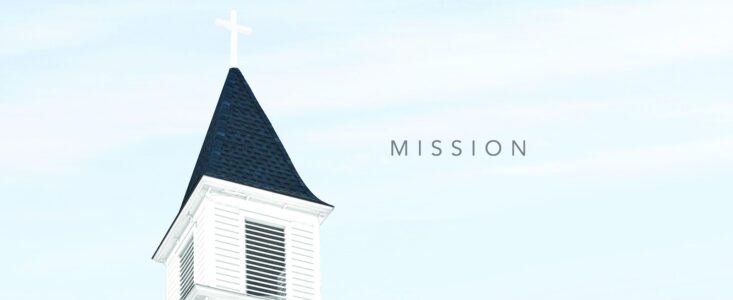
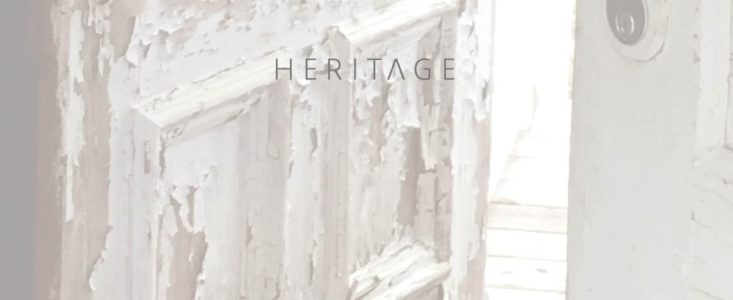
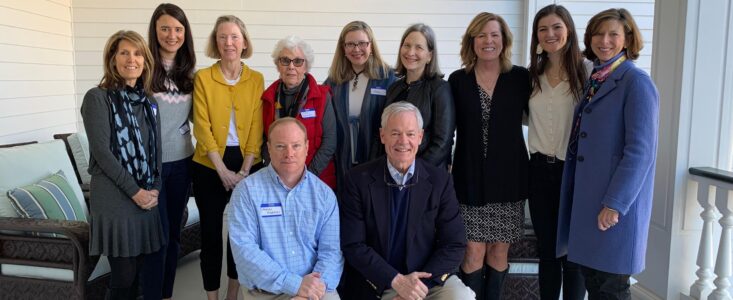

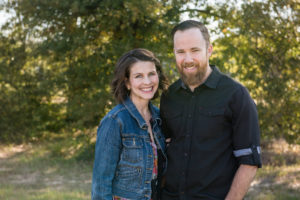
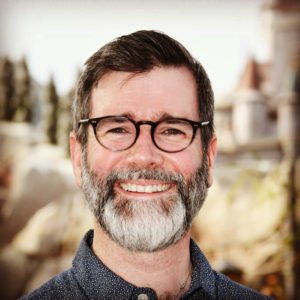
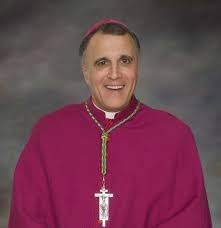
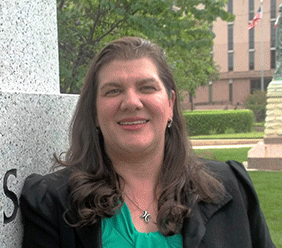
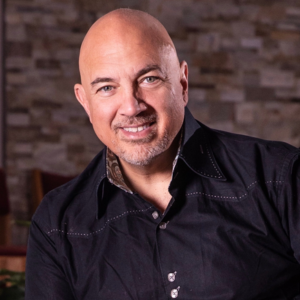
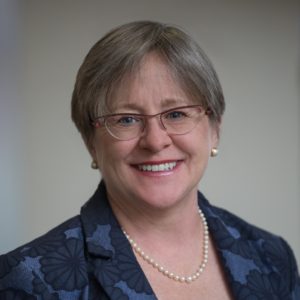 Kimberly Kay Cox
Kimberly Kay Cox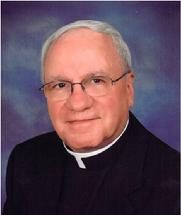
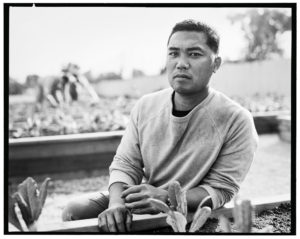
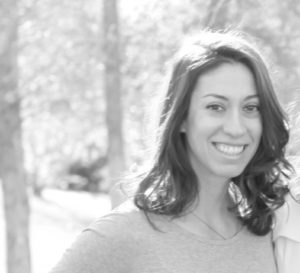


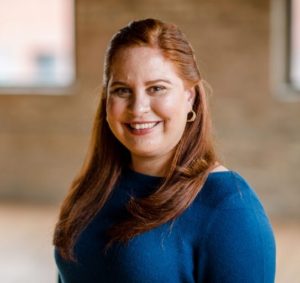
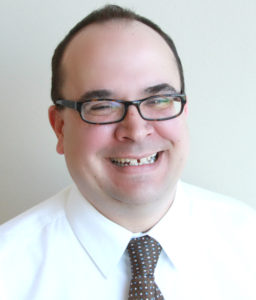
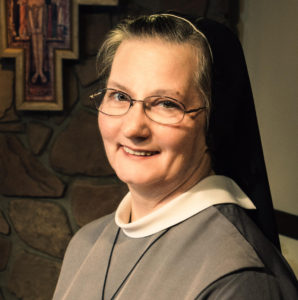
 Mark Mogilka
Mark Mogilka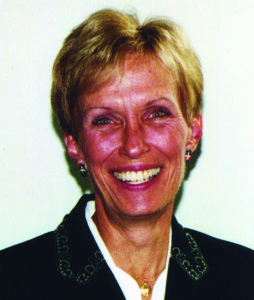


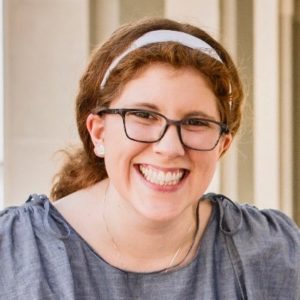

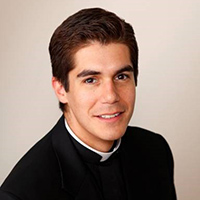
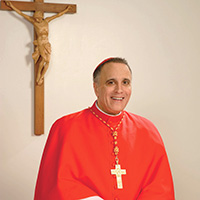
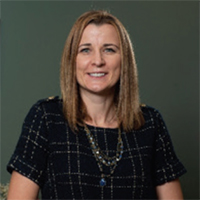
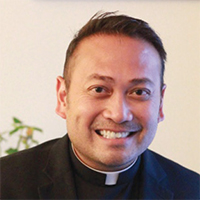



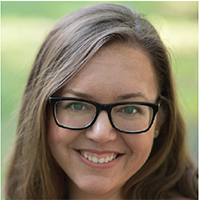
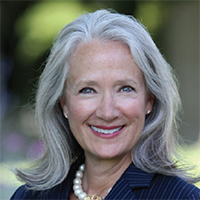
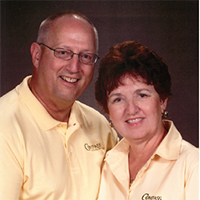
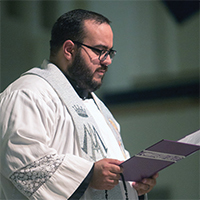





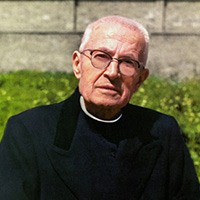
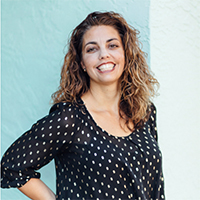

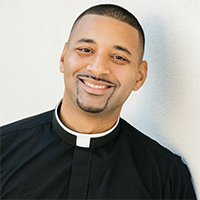

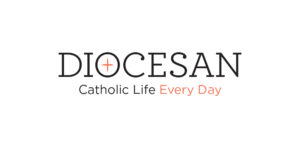


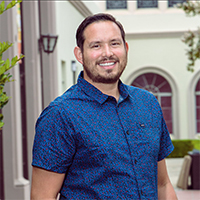
 Armando Cervantes
Armando Cervantes Anna Betancourt
Anna Betancourt
 Andrea Chavez-Kopp
Andrea Chavez-Kopp